Millions of coins circulate daily, traded for their face value, but some coins hold the potential for immense value. These rare and valuable specimens often stem from unique characteristics—errors in minting, limited production, or simply their rarity. One such example is the 1919 Denver Mercury dime, which fetched an astonishing $156,000 at an auction in 2019. Let’s explore why this specific dime is so coveted and how you can identify if you have a similar treasure.
What is a Mercury Dime?
This Article Includes [hide]
The Mercury dime is a U.S. coin minted between 1916 and 1945, featuring a design of Lady Liberty on the obverse and a fasces (a bundle of rods with an axe blade) on the reverse. The coin is often mistakenly referred to as a “Mercury” dime due to the resemblance of Lady Liberty’s winged cap to the Roman god Mercury’s winged helmet.
Also Read: Check Your Coin Collection: The 1980 Roosevelt Dime Could Be Worth More Than You Think
The 1919 Denver Mercury Dime: A Coin That Stands Out
The 1919 Denver Mercury dime is particularly rare and valuable due to an exceptional detail on the reverse side—the fasces. This detail is crucial for identifying the coin’s value. In most cases, the horizontal bands that bind the fasces are not fully visible, but on this specific coin, they are sharply defined.
Why the “Full Bands” Designation Matters?
Coins are often evaluated by the clarity of their design features, and for Mercury dimes, one key factor is the clarity of the bands on the fasces. Coins with clear separation between the horizontal bands are graded with the “full bands” designation. This distinction is highly sought after by collectors because it signals that the coin was struck with such precision that the bands are well-defined, making it rare.
In the case of the 1919 Denver Mercury dime, the “full bands” designation added significantly to its value. Minting errors were relatively common in 1919, meaning that dimes with fully separated bands are scarce, making them particularly valuable to collectors.
Why Did This Coin Sell for $156,000?
The 1919 Denver Mercury dime that sold for over $150,000 at Heritage Auctions in 2019 was a particularly well-preserved example with excellent clarity in its “full bands” detail. Its exceptional condition and rarity contributed to its high auction price. While many Mercury dimes are traded for far less, this one stood out due to its unique characteristics.
Collectors and investors alike value these high-grade coins for their rarity, and examples like the 1919 Denver Mercury dime represent a significant opportunity for those who can find them. Not only does the coin’s historical significance make it valuable, but its condition and the precision of its minting process are also crucial factors.
How to Identify a Mercury Dime with Full Bands?
If you’re wondering whether you have a Mercury dime with full bands, there are a few key things to look for:
- Examine the Reverse: The key to identifying full bands is the reverse side of the coin, where the fasces is located. Look closely at the horizontal bands that bind the rods. A well-defined separation between these bands is the primary indicator of a “full bands” coin.
- Check the Mint Mark: The 1919 Denver Mercury dime will have a “D” mint mark on the reverse, just to the right of the olive branch.
- Coin Condition: The better the coin’s condition, the more valuable it will be. Coins with wear or damage, especially around the delicate details of the fasces, will be worth significantly less.
- Professional Grading: If you suspect that your coin might be a valuable “full bands” specimen, consider getting it graded by a professional organization like the Professional Coin Grading Service (PCGS) or the Numismatic Guaranty Corporation (NGC).
Also Read: Forgotten 17th-Century Gold Coin, Once Considered Fake, Surprises with Auction Price
Conclusion: A Rare and Valuable Find
The 1919 Denver Mercury dime that sold for $156,000 is a perfect example of how a small detail, like the clarity of the fasces bands, can significantly increase a coin’s value. While most coins are traded for their face value, some, like this unique Mercury dime, can be worth hundreds of thousands of dollars. Identifying these rare specimens takes careful attention to detail, but for those lucky enough to find them, the rewards can be substantial. Keep an eye out for those rare coins—they might just be worth far more than you expect!

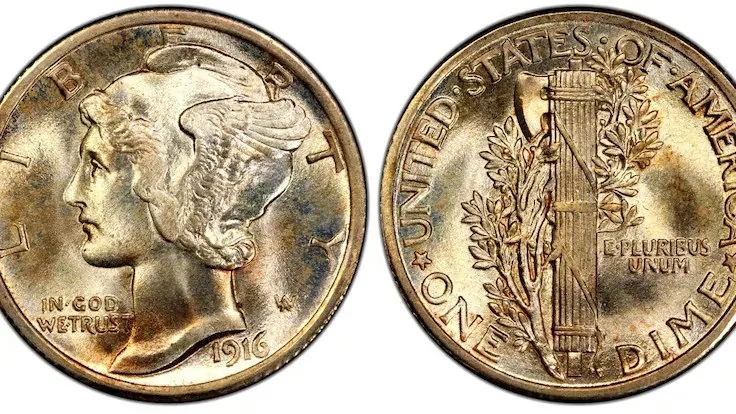
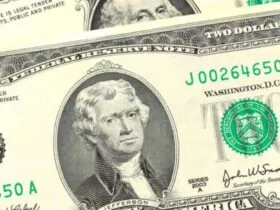
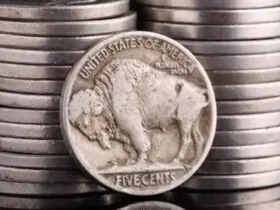
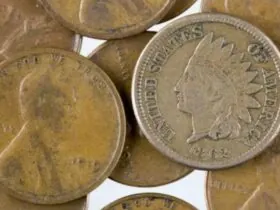

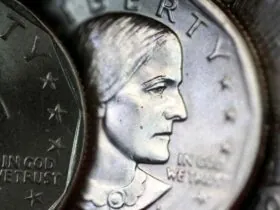
Leave a Reply